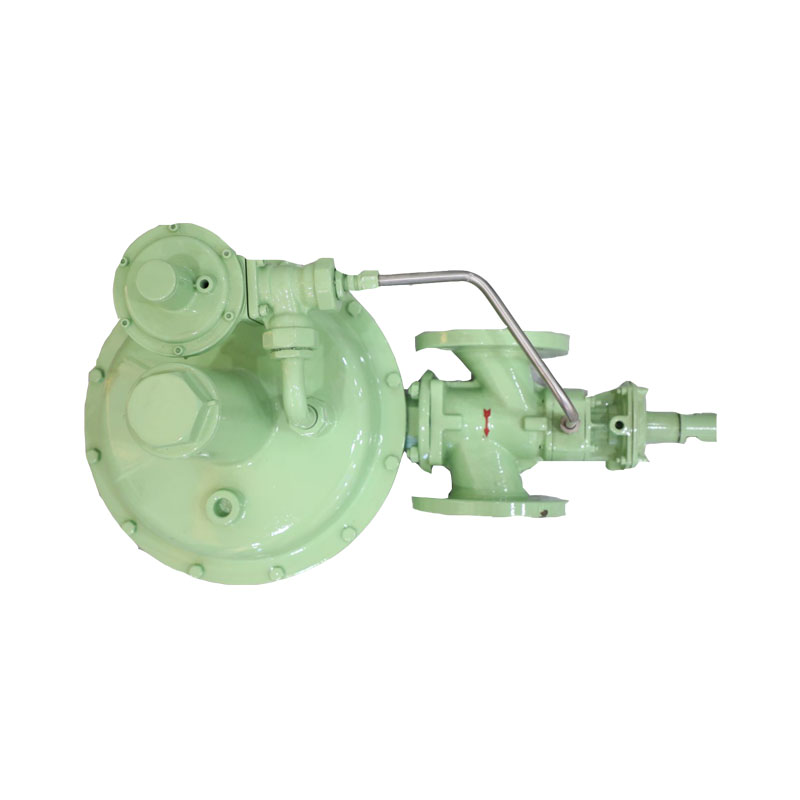
Dec . 01, 2024 18:00
Back to list
gas coalescer filter
Understanding Gas Coalescer Filters Essential Components in Industrial Applications
In the realm of industrial processes, the importance of efficient filtration cannot be overstated. Among various filtration technologies, gas coalescer filters play a crucial role, particularly in the treatment of gas streams containing liquid contaminants. This article will explore the principles, functionality, and applications of gas coalescer filters, highlighting their significance in maintaining system integrity and enhancing operational efficiency.
What is a Gas Coalescer Filter?
A gas coalescer filter is a specific type of filtration system designed to remove liquid droplets from a gas stream. The primary function of these filters is to coalesce small liquid droplets into larger ones, which can then be easily separated from the gas. This process is vital in preventing damage to downstream equipment, ensuring product quality, and optimizing overall system performance.
How Does it Work?
The process of coalescing involves several stages. Initially, the gas enters the coalescer filter, and as it passes through a media designed for this purpose, the smaller droplets collide with each other, causing them to merge into larger droplets. These droplets are heavier and are more likely to be removed from the gas stream through gravitational or centrifugal forces.
Typically, gas coalescer filters employ specialized media that can effectively capture and coalesce the unwanted liquids. For instance, elements made from synthetic fibers or proprietary materials are often used to enhance filtration efficiency. The filter's design allows for the gas to be directed through multiple layers, increasing the chances of collision and coalescence.
Once the droplets are formed, they flow downward and collect in a reservoir, where they can be drained away safely. This continuous process ensures that the gas remains free from liquid contaminants, thus preserving the integrity of the equipment downstream.
Applications of Gas Coalescer Filters
gas coalescer filter

Gas coalescer filters find applications across a wide range of industries. Here are some key areas where they are commonly used
1. Oil and Gas Industry In natural gas processing, coalescer filters are crucial in removing hydrocarbon liquids from gas streams. This prevents corrosion and damage to compressors and pipelines and helps meet regulatory emission standards.
2. Chemical Manufacturing These filters assist in preventing liquid carryover in gas reactors and distillation columns, ensuring the efficacy of chemical processes and promoting worker safety.
3. Power Generation In power plants, gas coalescers protect turbines and other equipment from liquid ingress, which could lead to significant operational failures and costly downtime.
4. Food and Beverage In facilities processing gases for food preservation or carbonation, coalescer filters help maintain product quality by eliminating unwanted liquids that could cause spoilage or contamination.
Importance of Regular Maintenance
While gas coalescer filters are essential for smooth operations, they require regular maintenance to function effectively. Over time, the filter elements can become saturated or fouled, reducing their coalescing capabilities. Regular inspection, cleaning, and replacement of filter elements are vital to ensure optimal performance and avoid unexpected shutdowns.
Conclusion
In summary, gas coalescer filters are an integral component in various industrial applications, ensuring that gas streams remain free of liquid contaminants. Their unique coalescing mechanism not only protects equipment from potential damage but also enhances overall process efficiency. Given the critical role these filters play, understanding their operation and maintaining them properly is essential for any industry relying on gas filtration. As technology continues to evolve, advancements in gas coalescer systems will likely lead to even more efficient solutions tailored to meet the demands of modern industrial processes.
Next:
Latest news
-
Safety Valve Spring-Loaded Design Overpressure ProtectionNewsJul.25,2025
-
Precision Voltage Regulator AC5 Accuracy Grade PerformanceNewsJul.25,2025
-
Natural Gas Pressure Regulating Skid Industrial Pipeline ApplicationsNewsJul.25,2025
-
Natural Gas Filter Stainless Steel Mesh Element DesignNewsJul.25,2025
-
Gas Pressure Regulator Valve Direct-Acting Spring-Loaded DesignNewsJul.25,2025
-
Decompression Equipment Multi-Stage Heat Exchange System DesignNewsJul.25,2025

